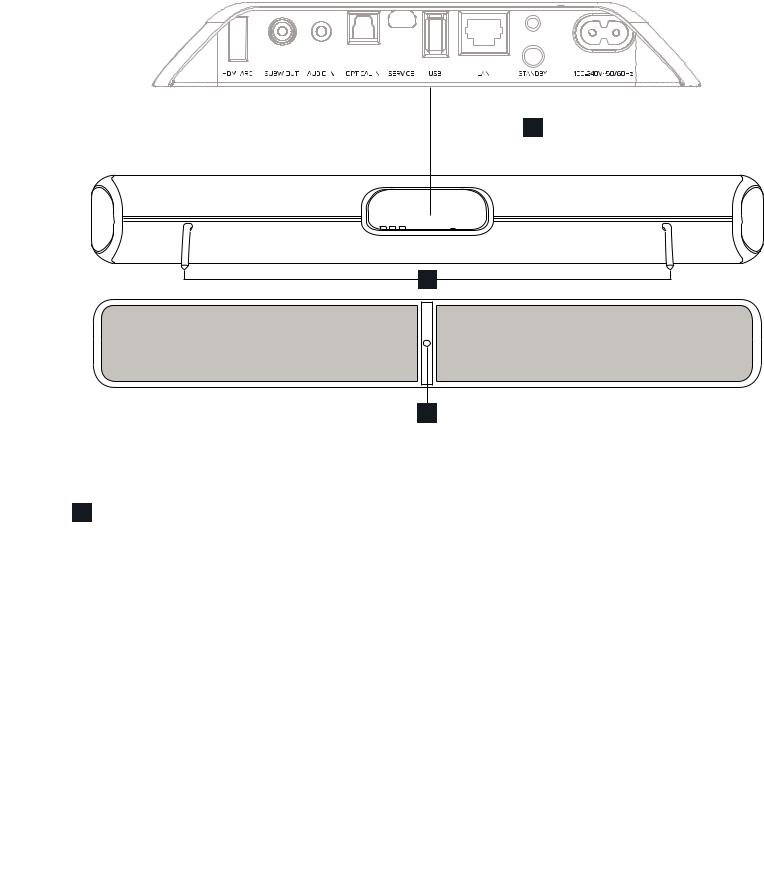


Import bpy from import persistent def load_handler_for_preferences ( _ ): print ( "Changing Preference Defaults!" ) from bpy import context prefs = context. This is an example _init_.py file which defines defaults for an app template to use. Just as Blender has it’s own defaults when first launched. These allow you to define your own “factory settings”, which the user may change, On activation a register function is called, unregister is called when another template is selected.Īs these only run once, any changes to defaults must be made via handler.īpy._factory_preferences_postīpy._factory_startup_post You may enable add-ons associated with your template. Operating system and memory, then set values based on this. You could for example – configure the template to check the number of processors, They simply have access to the same APIs available for add-ons and any other scripts.Īs noted above, you may optionally have an _init_.py in your app template.Ĭhanges can be made to the startup or preferences, without having to distribute a blend-file. While app templates can use Python scripts, The original template settings can be loaded using: Load Template Factory Settingsįrom the file menu in much the same way Load Factory Settings works. In their user configuration, but only when the template includes its own userpref.blend file. The user may save their own startup/preferences while using this template which will be stored Template locations:īundled blend-files startup.blend and userpref.blend are considered Factory Settings Templates may be located in one of two locations within the scripts directory. Won’t overwrite your default startup file. Templates also have their own user configuration, so saving a startup file while using a template Modifying and replacing parts of the user interface.ĭefining a custom add-on path for template specific add-ons. While templates have access to the same functionality as any other scripts, Templates may provide their own splash screen image. Only certain preferences from a template are used: The default file to load with this template. Details Īn application template may define its own: Startup File This means people can build their own applications on top of Blender that can be easily distributed. Without disrupting your existing settings and installation. The goal of application templates is to support switching to a customized configuration
BLUESOUND APP MANUAL INSTALL
In some cases it’s not enough to write a single script or add-on,Īnd expect someone to replace their preferences and startup file, install scripts and change their keymap. If you would like to keep the current application template active on restarting Blender, save your preferences. New application templates can be installed from the Blender Menu. When there are no templates found the menu will not be displayed on the splash screen. Without requiring a separate Blender installation or overwriting your personal settings.Īpplication templates can be selected from the splash screen or File ‣ New submenu. That can be selected to replace the default configuration, Application templates are a feature that allows you to define a re-usable configuration


 0 kommentar(er)
0 kommentar(er)
